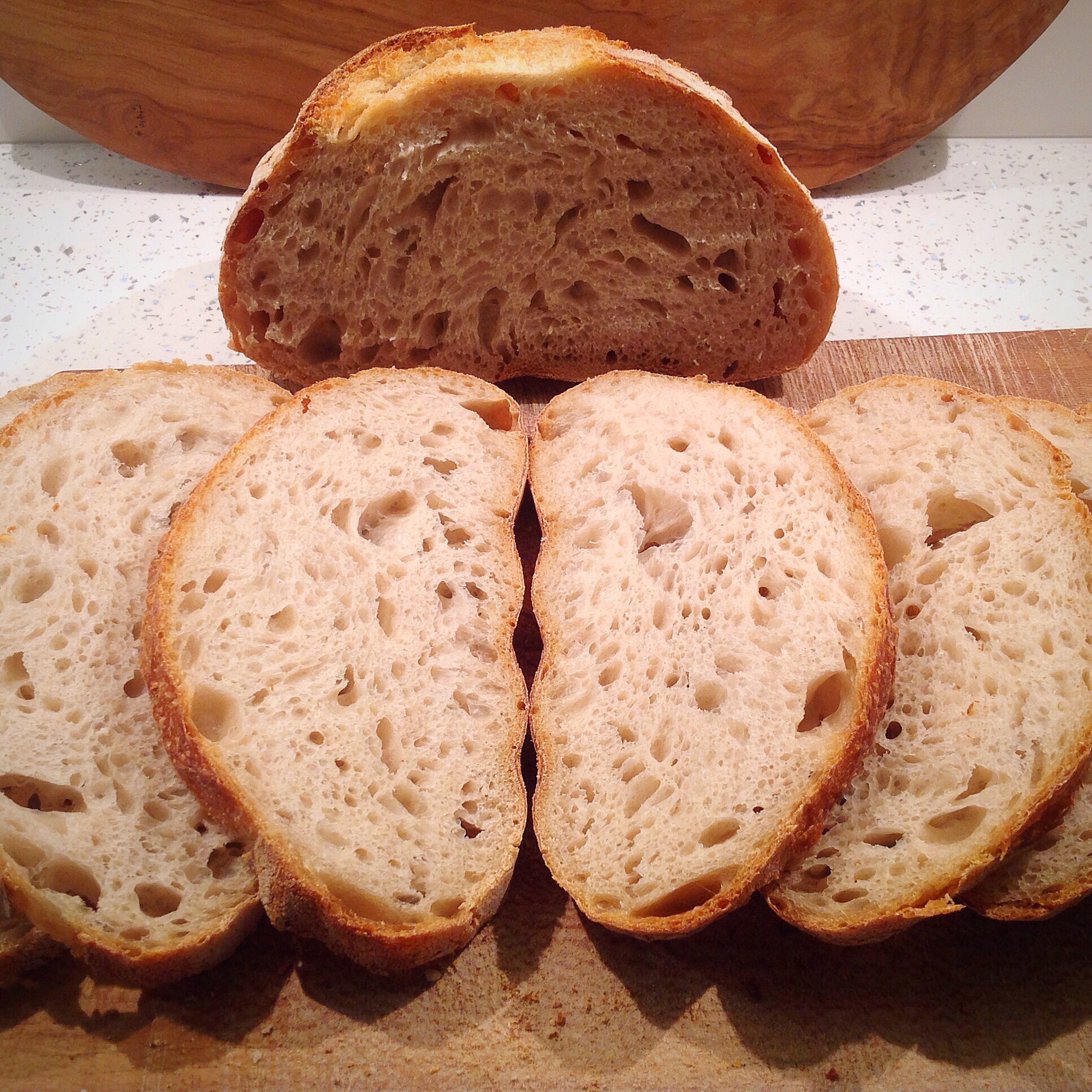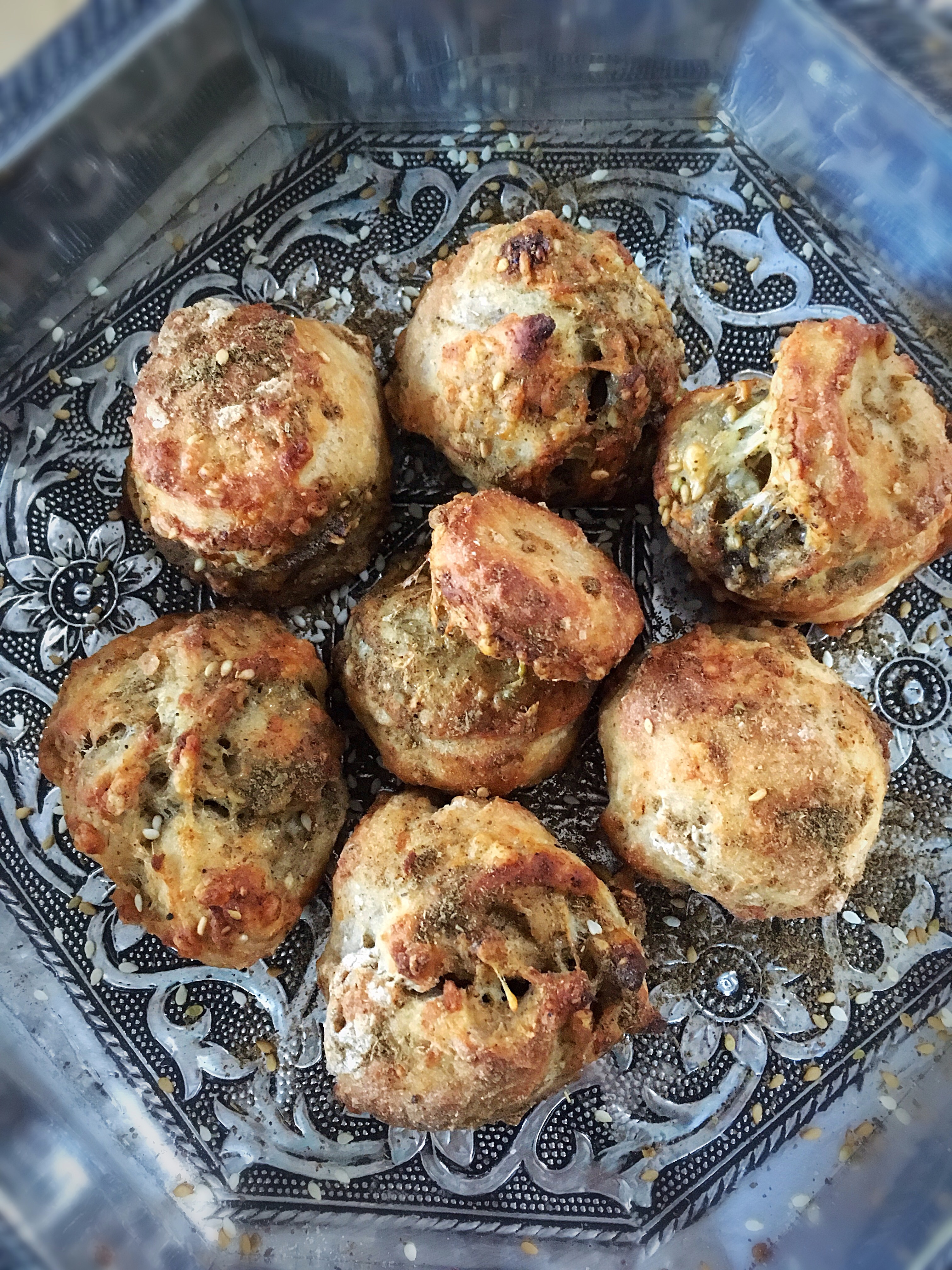
Every loaf shown in this post has been baked in an oven that started cold.
Everything we read and are told is that the dough should go into a preheated oven, but these loaves belie that fact…it was news to me too!
It started with this loaf baked in a clay pot…

I knew that to use the pot I either needed to soak it before use, or put it cold into a cold oven to reduce the risk of it cracking. And so I did. And I held my breath, and it worked! The loaf above proves it.
So if it worked with a clay pot, surely it would work with my enamel roasters, that was my next test. And I’m here to tell you that it does, it works perfectly, as the loaf below shows too…the crust is crisp, the crumb is even, and the cost is less!

If your question is ‘surely I need to preheat the oven to get maximum oven spring?’ Then hopefully my loaves are showing that you don’t. The oven spring comes from a strong starter, good flour and good dough.
If you’re thinking ‘won’t the dough spread whilst the oven is heating up?’ Just make sure that you prove it in the fridge for a few hours to firm up the dough. And yes, it may spread initially, but then it will rise as it bakes, as my photos show.

If you’re thinking ‘that won’t work in my cast iron Dutch oven’, I can tell you that it will. I don’t have a DO but many of the people in my Facebook group and on Instagram do and they’ve tried it, and it works.

A slice from a cold baked loaf
So, this is the process I’ve been using: I’ve followed my master recipe, link to the left, done the final prove in the fridge for several hours, then:
put the dough into the cold baking vessel and score;
put the pot with the dough in into the cold oven;
turn the oven on, turn the heat up to 220C/425F fan/convection or 230C/450F non fan/convention.
Total time in the oven 55-60 mins.
Lid on the entire time.
For me that saves 20 mins of time for the oven to heat up, for others it may be longer.
So, who’s up for the cold baking challenge?



























